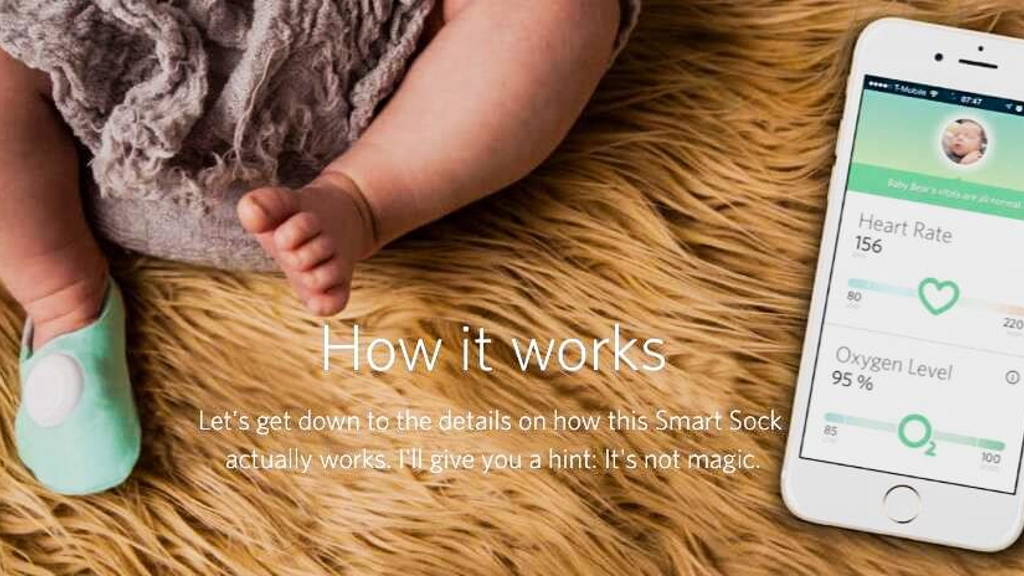As the now embryonical smart footwear market begins to develop, ABI Research forecasts tremendous growth in its future, driven by mHealth applications. Overall, unit shipments will rise to more than 6 million in 2021 from just 300,000 in 2016, or an 82 percent CAGR (average growth per year).
In combination with supporting sensors in shoes or smart socks, home monitoring and remote patient management applications can track a host of valuable parameters with minimal disruption to those being monitored. Right now the few smart socks and shoes available are mostly used by athletes.
Detailed reporting like this, used to be constricted to a hospital bed. Now healthcare providers can paint a fuller picture of their patient’s health outside of the hospital, ultimately allowing them to improve monitoring of ongoing issues and make more accurate diagnoses.”
In the case of remote patient monitoring, companies are already turning to smart footwear as a form factor to support diagnostic medical data collection. This includes companies like Plantiga, FeetMe, and Orpyx. For example: diabetic patients are at risk for peripheral neuropathy, or sensory loss, and often cannot detect dangerous pressure levels in their bodies. Orpyx’s SurroSense RX has insoles that use sensors to detect the amount of pressure that a person places on each part of the foot. The device can then alert the user and his/her doctor to any issues.
In combination with supporting sensors in shoes or smart socks, home monitoring and remote patient management applications can track a host of valuable parameters with minimal disruption to those being monitored. Right now the few smart socks and shoes available are mostly used by athletes.
Growing elderly population
The growing elderly population is driving change in the way healthcare can and will be provided, and remote monitoring is one aspect of the mHealth industry that can cut costs and improve care, states Stephanie Lawrence, Research Analyst at ABI Research. “New home and remote patient monitoring smart footwear devices grant healthcare providers 24/7 access to in-depth, real-time health updates concerning their patients’ posture and gait.”Detailed reporting like this, used to be constricted to a hospital bed. Now healthcare providers can paint a fuller picture of their patient’s health outside of the hospital, ultimately allowing them to improve monitoring of ongoing issues and make more accurate diagnoses.”
Wide range of target groups
Home monitoring device and system providers target a wide age demographic, from babies and children to the elderly. The Owlet Smart Sock, for instance, features pulse oximetry technology and monitors the heart rate and oxygen levels of an infant to reduce the chances of a fatality. Other devices, like the GTX Corp’s GPS SmartSole, consist of insoles that use GPS and cellular connectivity, ideal for tracking an elderly person’s location and capable of sending alerts to caregivers if the patient wanders off.In the case of remote patient monitoring, companies are already turning to smart footwear as a form factor to support diagnostic medical data collection. This includes companies like Plantiga, FeetMe, and Orpyx. For example: diabetic patients are at risk for peripheral neuropathy, or sensory loss, and often cannot detect dangerous pressure levels in their bodies. Orpyx’s SurroSense RX has insoles that use sensors to detect the amount of pressure that a person places on each part of the foot. The device can then alert the user and his/her doctor to any issues.






